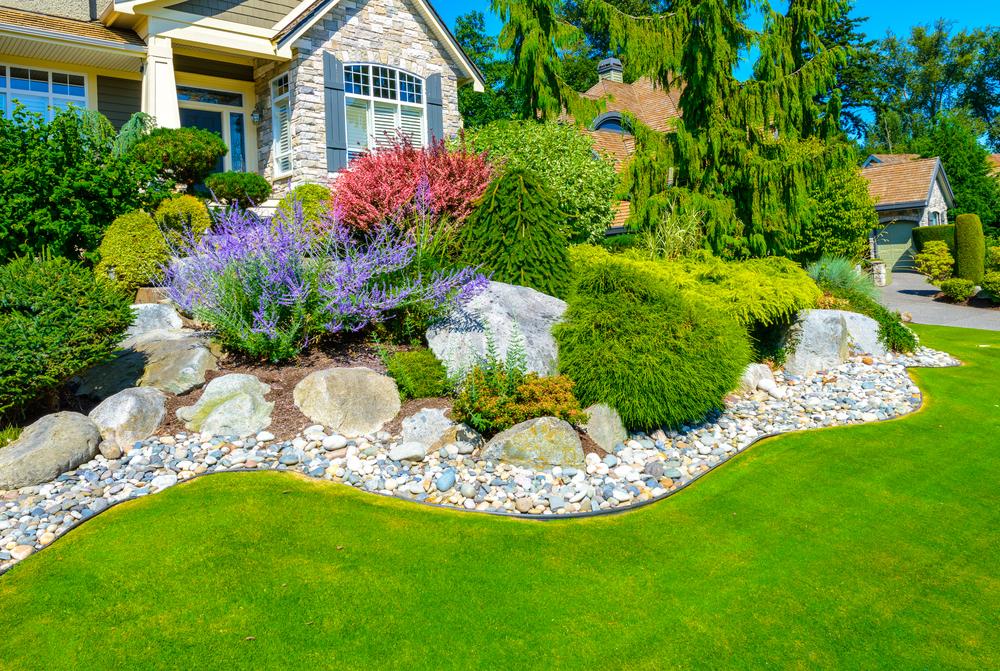Invasive plants can cause a lot of damage to the natural environment because they spread rapidly and have no natural enemy. Invasive plants can damage agriculture and forestry.
How to Prevent Invasive Plants From Entering Your Garden
Nevada has six main species of invasive plants. Some were purposefully introduced as windbreaks on farms and as ornamental plants. Others arrived by wind, contamination in other seed products and by accident. Whatever the reason, you should avoid these plants if you can.
Artificial Turf
Artificial turf in Las Vegas is one of the best ways to avoid unwanted plants from sprouting in your yard. It comes in a variety of shades and textures to look and feel like natural grass. You get the benefit of a natural lawn without the expense, huge water consumption and time-consuming attention it needs. It’s great for children and pets and is easy to maintain. You can be sure no unwanted plants are entering your yard.
Common Invasive Plants in Nevada
Saltcedar is a shrub found near streams. It was introduced as an ornamental plant and windbreaker in the 1800s and is still troublesome today.
Cheatgrass is a grass-like plant from the Mediterranean area that entered Nevada in packing material or grain sacks. It is found throughout the west and increases fire frequency.
Knapweed is a common weed from the Mediterranean that arrived about 100 years ago. It is found in 10 states and is a threat to pastures because it is faster growing and sturdier than native vegetation.
Musk thistle is a weed from Eurasia that is spread by the wind. It grows in Nevada and threatens the foraging areas of many animal species.
Honey cress is a weed that was accidentally brought from Eurasia in the late 1800s. It is found all over Nevada.
Natural Resources Conservation Service
If you believe you have a plant that could damage the environment in your garden or near your home, you can call the Natural Resources Conservation Service (NRCS) of the Department of Agriculture and have it removed properly, so it doesn’t spread.





